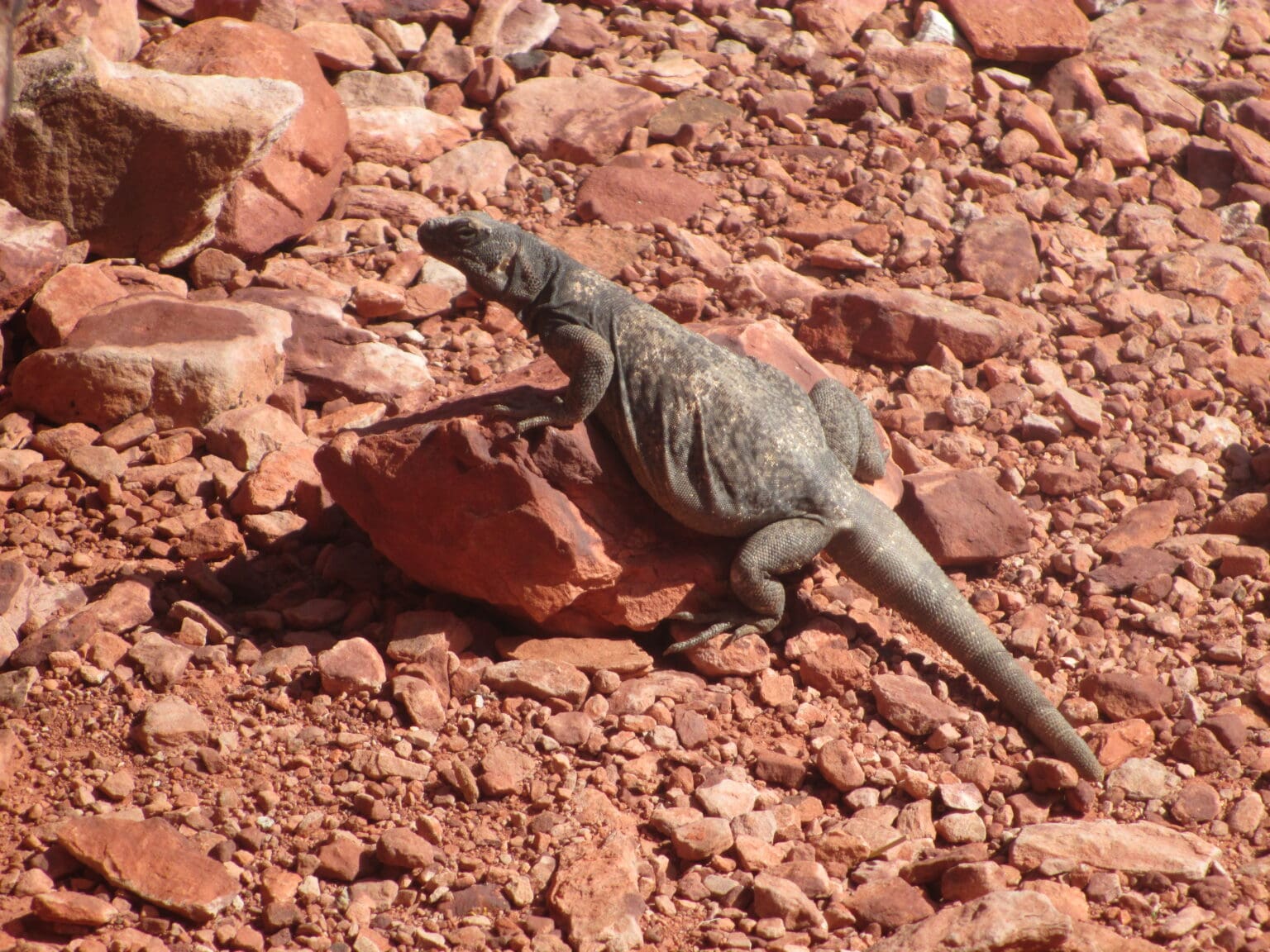My initial Wilderness First Responder course — a first aid course for outdoor professionals — included a “statistic”: 90% of all rattlesnake bites were in young men, ages 16–25, on the forearm or hand.
The assumption from this statistic was that the victims were messing with the snake when they were bitten. That statistic is wrong — kind of.
Most snakebites are indeed on men. Most snakebites are also on the hand or forearm. But the numbers transcend the teenage years. The data indicates that men of all ages are putting their hands near snakes, either on purpose or on accident.
Accidents happen and no one is immune to them, but some accidents can be avoided. This is especially true with wild animals. If an individual decides to play with a snake, it follows that a snakebite might be a consequence.
The last 12 months have brought dozens of reports of close calls and injuries with bison in Yellowstone National Park. Bison are not inherently aggressive animals, but when you look online, you see image after image, video after video, of tourists getting too close to these massive animals to take photos or selfies.
The bison don’t necessarily want to be touched or harassed, and so they react, which inevitably leads to injury.
In addition to injury, tourists are often shocked by the animal’s reaction. They’re shocked that an animal would do something like this to them.
Bison aren’t the only animals that cause injury due to human-initiated interaction. In April, two men were harassing a moose in Montana when it charged them. Neither was seriously injured, but statistically, more people are injured by moose attacks than bear attacks.
Last year, in Colorado, a bull elk attacked a tourist who approached it for a selfie. Also in April, a video emerged of a tourist that was miraculously not attacked as he stroked the back of a lioness passing his car during a safari in the Serengeti. And, in Tennessee, a woman got lucky when she pretended to have food to get a picture petting a bear.

Large animals often attack people when harassed, but large animals aren’t the only ones that do this. Animals that have become habituated to human food are also hazardous. Tourists often receive squirrel bites at the Grand Canyon. Many types of birds can become aggressive and mice, many of which carry disease, may be one of the most aggressive animals in the outdoors.
Furthermore, humans aren’t the only ones that may be injured in these encounters.
In May, a man disturbed a bison calf that had been separated from its mother in Yellowstone. He picked the animal up and brought it to the road. Similarly, in 2016, a tourist put a bison calf in the back of their car because they thought it looked cold. In both cases, the animals were euthanized after their encounters with humans.
Animals that become habituated to human food will approach people that may harm them. Other animals — often large animals — will look for food near roadways, leading to accidents. Some animals become sick from human food, and yet others become so accustomed to it that when human food isn’t available (in the winter, for example), the animals starve.
Those who see themselves as daring sometimes dangerously approach wild animals for the thrill of it. In some cases, they want photo or video evidence of this for their social media viewers. In other cases, they just want to be able to say they picked up a snake or touched a lion.
Some see wild animals — especially those that are small and cute — as analogous to pets. Research shows that part of the reason people believe they can take selfies with these animals, pet them and feed them is because they see their own furry companions within them. They see them as harmless friends.
Wild animals are wild animals. It doesn’t matter if they’re cute, seem harmless, or if they appear hungry or cold — humans should not be interacting with them. When humans interact, either the human, the animal, or both are harmed.
A common way to measure an appropriate distance for wildlife viewing is to raise your thumb in a “thumbs up” gesture in front of the animal. If it is fully hidden behind your thumb and thumbnail, then you’re at an appropriate animal viewing distance. You’re not too close and are not impacting the animal’s behavior.
There is tremendous beauty in the animals we spot in the wild, but they may be dangerous to us and we are certainly dangerous to them. The best way to keep wild animals wild and to stay safe is to view them from a distance and treat them with respect.
Jason Martin’s outdoors column appears monthly. Email: jason@alpineinstitute.com. Twitter: @OutdoorPolitics.




